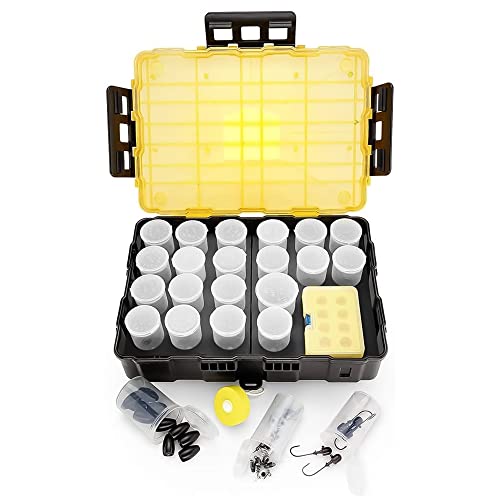Weldorthemagnificent said:
I fool with a lot of small engines from outboards to chainsaws, snowmobile... I have found in my experience that an engine with low compression, especially a multi cylinder engine with very close readings is very rare. Usually one cylinder will be extremely low and the other is good unless it's been straight gassed. I have a relatively inexpensive compression gauge and on engines smaller than 100cc per hole, it tends to read lower than what performance would indicate. My point here is; if you're reading is 60-80psi but the engine starts and runs well and both cylinders read within 5psi of each other, I'd say compression isn't an issue. It takes a long time to wear a cylinder out, usually a bearing craps out first or some other failure. Compression readings are subjective and I feel similar numbers between the holes is more important than the actual number.
Sent from my CLT-L04 using Tapatalk
While I can get on board with what your saying, But everything else checks out.
And while rare I have had another motor from last year that had similar issues and was a bear to start.
It was a 25hp that was at one time a rental. It would start with much effort, but it would act up while running and on some days early on it would have good power, then it slowly ****** out.
Compression was 100/100 near the end and I finally tore it down to find the head gasket blown on both holes.
I shaved the head to where calculations told me I should be near 155/155 with a good power head and only got 135/135.
The motor runs but I’m pretty sure it would benefit from rings as testing with oil ups the compression to 150/153.
In general I take things like this to be a motor that was run and serviced poorly resulting in worn rings.
One cylinder off more than the other I would figure that the motor got hot.
Then again I have a 2006 15hp Johnson with the paint baked off of one cylinder and it has 140/140 compression.
Never been touched as all other areas are factory paint to include the edges of the gasket.
And as pappy pointed out, keep pulling the cord till the needle stops climbing and cylinder volume doesn’t matter.























































